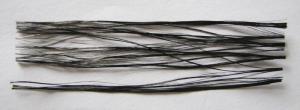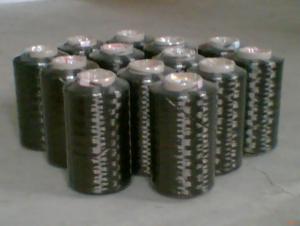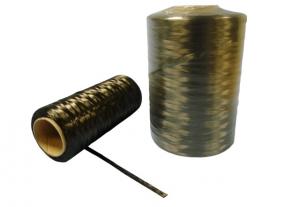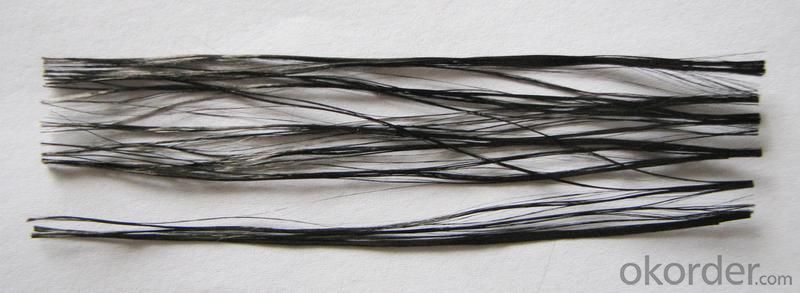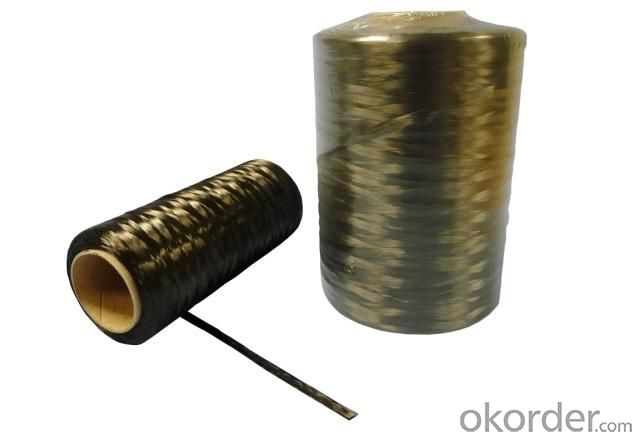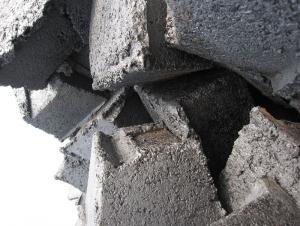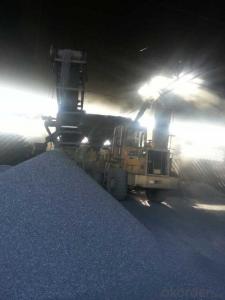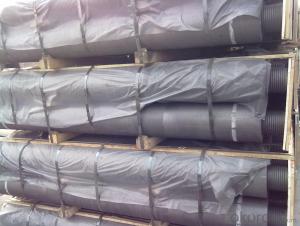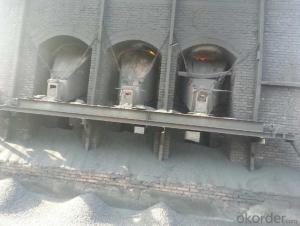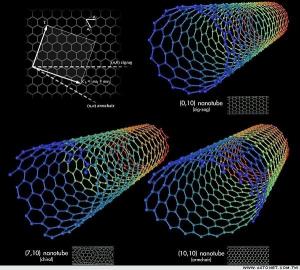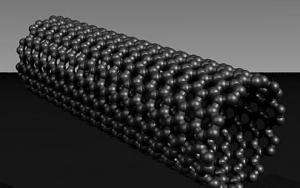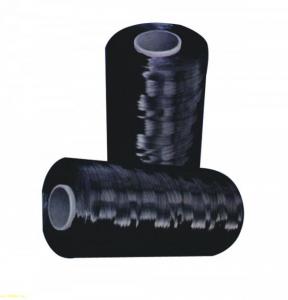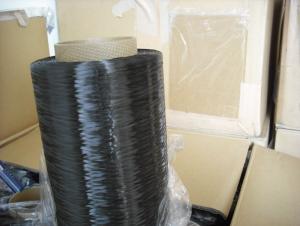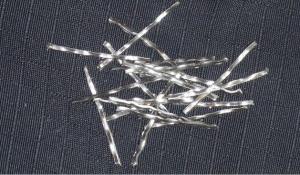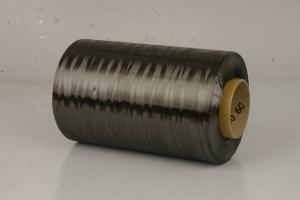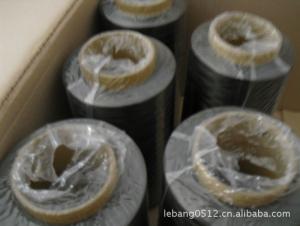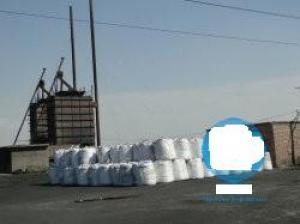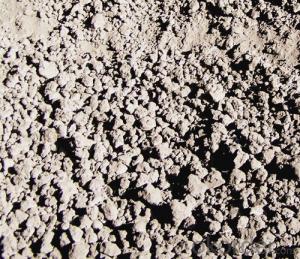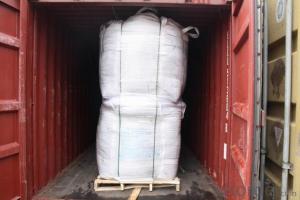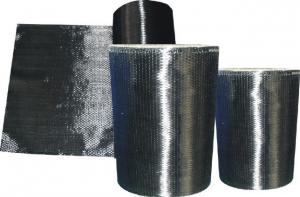Carbon Fiber 12K
- Loading Port:
- China Main Port
- Payment Terms:
- TT or LC
- Min Order Qty:
- 2Ton m.t.
- Supply Capability:
- 1000Ton m.t./month
OKorder Service Pledge
OKorder Financial Service
You Might Also Like
Specifications of Carbon Fiber 12K
1. Material: carbonized polyacrylonitrile fiber
2. Filament number:12k
3. Fiber type: T700
4. Tensile strength: 360kgf/mm2
General Data of Carbon Fiber 12K
|
Tow Size |
Tow Count/CM |
Weave Style |
WidthRange (mm) |
Std. Width (mm) |
Thickness (mm) |
FAW (g/sq.m) |
FAW (oz/sq.yd) |
|
3K |
4 x 4 |
Plain |
10~1500 |
1000 |
0.16 |
160 |
4.72 |
|
3K |
4 x 4 |
2x2 Twill |
10~1500 |
1000 |
0.16 |
160 |
4.72 |
|
3K |
5 x 4 |
Plain |
10~1500 |
1000 |
0.18 |
180 |
5.31 |
|
3K |
5 x 4 |
2x2 Twill |
10~1500 |
1000 |
0.18 |
180 |
5.31 |
|
3K |
5 x 5 |
Plain |
10~1500 |
1000 |
0.2 |
200 |
5.90 |
|
3K |
5 x 5 |
2x2 Twill |
10~1500 |
1000 |
0.2 |
200 |
5.90 |
|
3K |
5 x 6 |
Plain |
10~1500 |
1000 |
0.22 |
220 |
6.49 |
|
3K |
5 x 6 |
2x2 Twill |
10~1500 |
1000 |
0.22 |
220 |
6.49 |
|
3K |
6 x 6 |
Plain |
10~1500 |
1000 |
0.24 |
240 |
7.08 |
|
3K |
6 x 6 |
2x2 Twill |
10~1500 |
1000 |
0.24 |
240 |
7.08 |
|
3K |
8 x 8 |
Plain |
10~1500 |
1000 |
0.32 |
320 |
9.44 |
|
3K |
8 x 8 |
2x2 Twill |
10~1500 |
1000 |
0.32 |
320 |
9.44 |
|
3K |
8 x 8 |
8H Satin |
10~1500 |
1000 |
0.32 |
320 |
9.44 |
Storage of Carbon Fiber 12K
It is recommended that the carbon fiber fabric are stored in a cool and dry environment. Recommended temperature range of storage is between 10 ~ 30 degree and relative humidity between 50 ~ 75%.The carbon fiber fabric should remain in the packaging until just prior to use.
Packaging & Delivery of Carbon Fiber 12K
Product is manufactured in form of a roll wound on a paper tube and then packed in a plastic film and placed within a cardboard carton. Rolls can be loaded into a container directly or on pallets.
Packaging Detail: carton
Delivery Detail: within 20 days
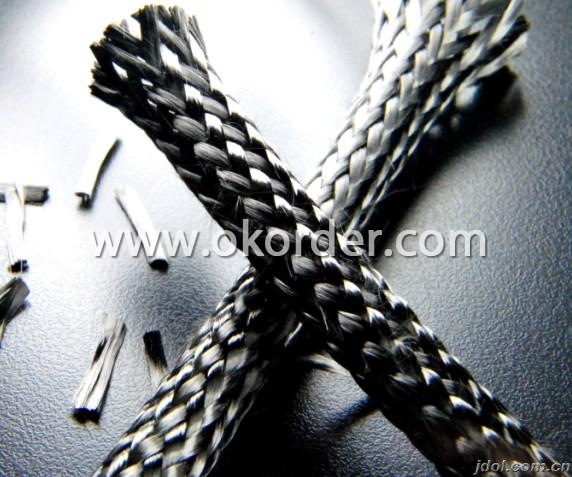
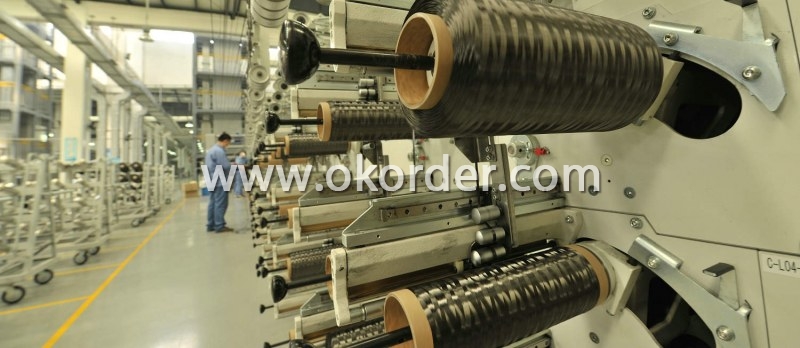
- Q: What kinds of barbecue carbon do you have?
- The disadvantage is more expensive. Ordinary charcoal advantages are cheap, disadvantages are different sizes, barbecue uneven fire, burning time is short, the process of baking carbon must be added. The mechanism of carbon is actually a mixture of carbon and coal, pressed into the multi hollow prism, from carbon containing ash on the look out the composition of coal.
- Q: What are the consequences of increased carbon emissions on coastal regions?
- Coastal regions are significantly impacted by the increase in carbon emissions, with various alarming consequences. One particularly concerning effect is the rise in sea levels, which is caused by the melting of glaciers and polar ice caps due to the warming of the planet. This rise in sea levels poses threats such as increased flooding, erosion, and the loss of coastal ecosystems. Aside from the rise in sea levels, increased carbon emissions also contribute to ocean acidification. When seawater absorbs carbon dioxide, it forms carbonic acid, which lowers the pH of the ocean. This decrease in pH has harmful effects on marine life, especially on coral reefs and shellfish. The acidity of the waters makes it difficult for coral reefs to construct their calcium carbonate structures, leading to bleaching and eventual death. Similarly, shellfish like oysters, clams, and mussels struggle to develop their shells in more acidic waters, impacting their survival and the entire coastal food chain. Moreover, higher levels of carbon emissions contribute to the intensification of storms and extreme weather events. Rising temperatures in coastal regions result in more frequent and severe hurricanes, cyclones, and storm surges. These events cause extensive damage to coastal infrastructure, including homes, businesses, roads, and power lines. The increased frequency of storms also puts coastal communities at a higher risk of displacement and loss of livelihoods. Furthermore, increased carbon emissions contribute to global warming, which leads to higher air temperatures. The warming of coastal regions has adverse effects on the overall ecosystem. For example, warmer waters can cause certain species to migrate or become extinct, disrupting the delicate balance of coastal ecosystems. It can also impact the health and productivity of fisheries, affecting the livelihoods of fishing-dependent communities. To summarize, increased carbon emissions have wide-ranging consequences for coastal regions. Rising sea levels, ocean acidification, intensified storms, and the overall warming of coastal ecosystems pose significant threats to the environment, economies, and communities in these areas. It is crucial to reduce carbon emissions and take proactive measures to mitigate these consequences and protect our coastal regions for future generations.
- Q: How to identify a laptop shell is carbon fiber
- Carbon fiber, as its name suggests, is made from carbon fiber, so there are several characteristics. First, if it is not colored, you can see the obvious fiber. Second is black carbon color. And it's a lot more than ABS.
- Q: Is the power consumption of carbon fiber heating very high?
- The advantages and disadvantages of carbon fiber heating carbon fiber heating, comfortable and natural advantages of 1: the ground heating source, on the human body at the end of the foot has a good heating, health effects, and health effects of carbon fiber far infrared heating to improve the microcirculation of the human body, make the body feel very comfortable. 2, heating rapidly: carbon fiber thermal conductivity is good, so carbon fiber heating ground heating faster. 3, installation and maintenance cost is low, long service life: carbon fiber heating laying low cost, 100 square meters of house, generally laying price, but 10000 yuan, usually without maintenance, and product life and construction life is quite.
- Q: The home wants to install electricity to warm the floor, the metal heating cable certainly won't use to have radiation, but is carbon system carbon fiber good or carbon crystal good?
- The metal heating cable radiation is very small, much smaller than your mobile phone, carbon fiber, carbon life of only ten years, did not reach the standard of heating heating industry, the industry standard is 50 years of life, only water heating and heating cable alloy wire current.
- Q: Just come out to work, do activated carbon, often see carbon materials and carbon materials, I do not know what the difference, trouble you!
- Carbon refers to elements. Carbon materials usually refer to materials that contain carbon and are the main bodyCarbon is a carbon containing substance of no composition and property consisting of carbon elements
- Q: Is badminton all good as carbon or aluminum carbon? Does carbon fiber on the Internet mean total carbon?
- Products using what material is an important factor to determine its price under the table, can let you understand the properties of several materials and approximate cost: the hardness of the material strength shock probably cost RMB $/KG high strength carbon fiber carbon fiber (HighModulusGraphite) 874157 (Graphite/ Carbon) 58445 (Aluminum) 24115 Aluminum Alloy wood (wood) 11104 must pay attention to in the choice of the racket, don't put the whole aluminum frame carbon rod racket mistaken for full carbon badminton racket. General note the label on the racket, should be able to distinguish, if not sure, I have three methods that can be used, one hand touch frame Aluminum Alloy good thermal conductivity due to the frame model is cool and the carbon frame is warm. But look at the groove on the racket frame, the aluminum frame is concave inside the shallow arc, and the carbon frame is an inner concave trapezoid. Three is to feel the weight, the aluminum frame's racket head is obviously biased. As the transition from aluminum frame to full carbon product, I feel that the price is high and the performance is low, it is not a good choice.
- Q: Can carbon 14 identify the age of porcelain?
- Identification of porcelain by carbon 14 is not very accurate.The so-called carbon fourteen assay, radiocarbon dating, uses the carbon fourteen, which is widely found in nature, to measure the age of animals and plants. In prehistoric and ancient, the smaller the impact of human activities on the earth's environment, and carbon in nature fourteen proportions remain constant, animals and plants in the survival time, due to its in vivo The new supersedes the old. sake, carbon fourteen also remained constant; however, the once dead, in fourteen carbon will continue to decay, the half-life is 5730 years, in the sealed state and the outside world is obviously different, which is the principle of carbon fourteen dating. We must note that animals and plants belong to the organic matter. However, most cultural relics, such as porcelain, pottery and bronze, are inorganic. Therefore, the application of carbon fourteen dating in archaeology is very limited.
- Q: How to match?Want to breed a batch of roses seedlings, but the seedbed of mud, carbon soil do not know how to get, there is help in this regard...
- Clay soil can not be prepared, it was completed by geological changes over the past ten thousand years. Flower cultivation of soil can be self-made, mud carbon 3 points, coconut bran 2 points, perlite a point. The three proportion is 3; 2; 1.
- Q: What are the main sources of carbon on Earth?
- The main sources of carbon on Earth are the atmosphere, oceans, geological processes, and living organisms.
1. Manufacturer Overview
| Location | Jiangsu,China |
| Year Established | 2002 |
| Annual Output Value | |
| Main Markets | Europe, America, Africa, Oceania and Japan, Korea, southeast Asia |
| Company Certifications | ISO9000 |
2. Manufacturer Certificates
| a) Certification Name | |
| Range | |
| Reference | |
| Validity Period |
3. Manufacturer Capability
| a) Trade Capacity | |
| Nearest Port | |
| Export Percentage | |
| No.of Employees in Trade Department | |
| Language Spoken: | |
| b) Factory Information | |
| Factory Size: | |
| No. of Production Lines | |
| Contract Manufacturing | |
| Product Price Range | |
Send your message to us
Carbon Fiber 12K
- Loading Port:
- China Main Port
- Payment Terms:
- TT or LC
- Min Order Qty:
- 2Ton m.t.
- Supply Capability:
- 1000Ton m.t./month
OKorder Service Pledge
OKorder Financial Service
Similar products
Hot products
Hot Searches
Related keywords
